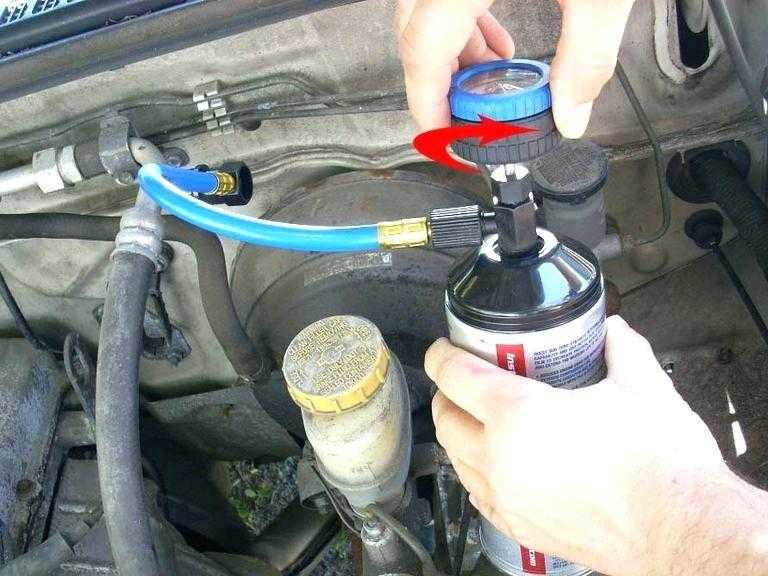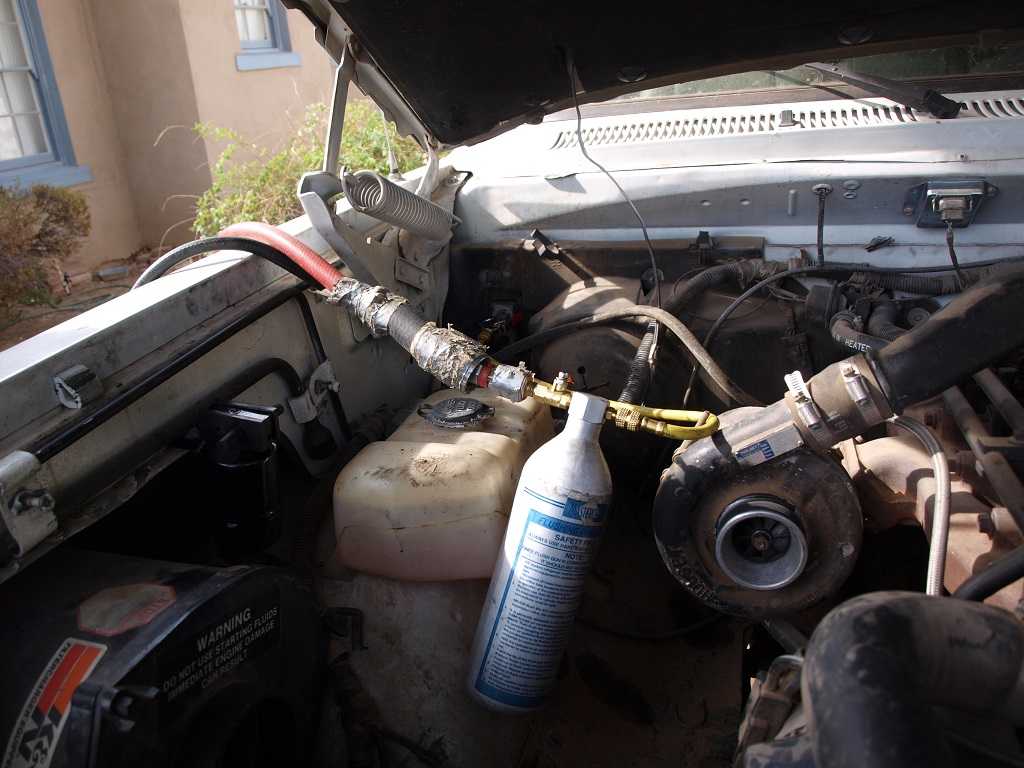How to flush AC system after compressor failure? Well, there are a few ways to do that. But is there any necessity to do that when you will replace the failed compressor anyway? We are going to discuss the importance of flushing the system and how to do that.
Contents
Why Do You Need to Flush the Air Conditioning Unit?
A compressor failure in your car’s AC system means you have to install a new one. But flushing the system is requisite before the installation.
Solid substances can form in the refrigerant circuit over time, causing damage to several components. Also, a compressor can send tiny metal fragments into the system at the time of failure.
These fragments are likely to block the system’s small passages, which will remain even after changing the compressor. These metal shards can also harm the new compressor.
For these reasons, you should always flush the AC unit to remove the metal particles and other solids whenever changing the failed compressor.
How to Flush AC System after Compressor Failure?
You have to flush the condenser of the AC system before replacing the compressor. However, most automakers including Toyota recommend the replacement of the condenser and hoses instead of flushing in case of contamination.
Two auto manufacturers that recommend condenser flushing are GM and Ford. GM suggests the use of only R-134a for the process. They also want you to do it in a recharging machine to reduce refrigerant loss. On the other hand, Ford approves of using VSL338 terpene-based solvent for the flushing.
Here are several methods of how to flush AC system after compressor failure. Remember that you have to flush nothing else but the condenser, hoses, and evaporator.
Read more:
- Easy Explanation of Car AC Working Mechanism
- Wanna Replace Air Conditioner Compressor? Follow This Guide
Before system flushing, it’s necessary to check the refrigerant with the help of a gas analyzer. The refrigerant is pumped out with the help of a filling station.
Use AC flushing equipment.
There are plenty of flush kits for performing an open-loop flushing process. The flusher includes a tank, catch pan, hose, and adapters. Using such a kit is one of the easiest ways to flush the AC system and the whole process takes just about 15 minutes. Use a solvent that does not corrode or harm the inner components. After the cleaning is done, leave those components in the open air to dry properly.
If you want a deep cleaning and reduce the flushing time, purchase a power flushing kit. It dislodges the hardened particles and completes the cleaning quickly. However, such a machine is expensive, costing around $2,000 to $3,000.

Use flushing liquid.
Instead of using a cleaning solvent, you can also use a flushing liquid (like a chemical- or water-based fluid). This process works better for R1234yf air-conditioning systems and for the systems being converted to R134a from R12.
You must use nitrogen to dry the components after finishing the cleaning. Blow out each part and pipe one by one with nitrogen.
These are the ways how to flush AC system after compressor failure. Flushing is done to remove not only solid buildups from the AC unit but also dirty liquid and lubricating oil residue.
Watch more:
After flushing, the system must be refilled with the right amount of freon. Connect high and low-pressure lines and evacuate the system. Then pump the right amount of freon by setting parameters at the filling station.



